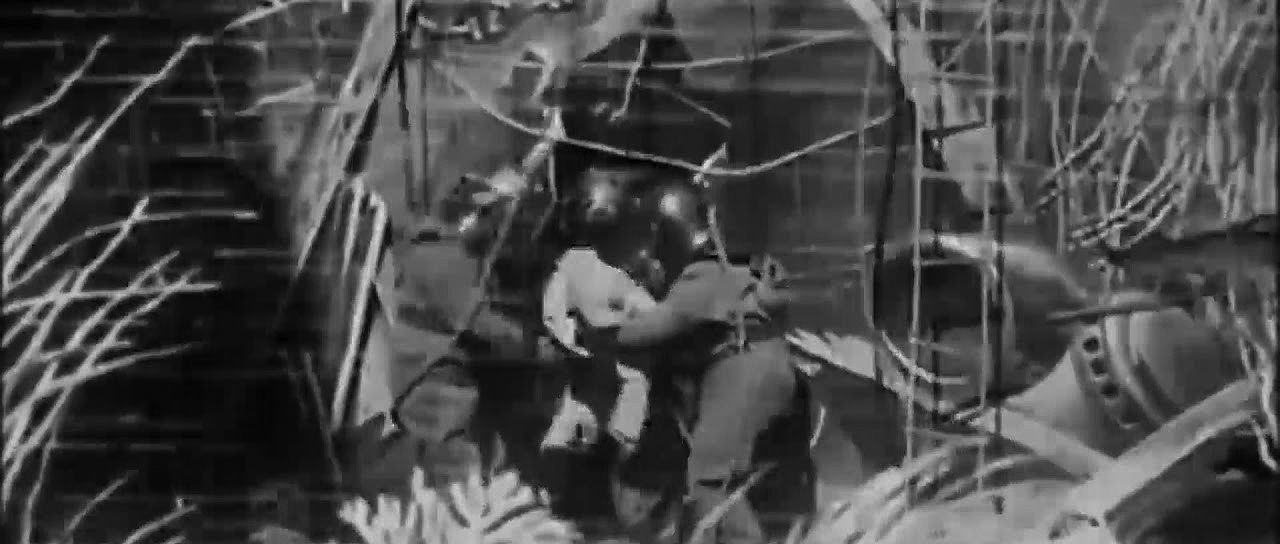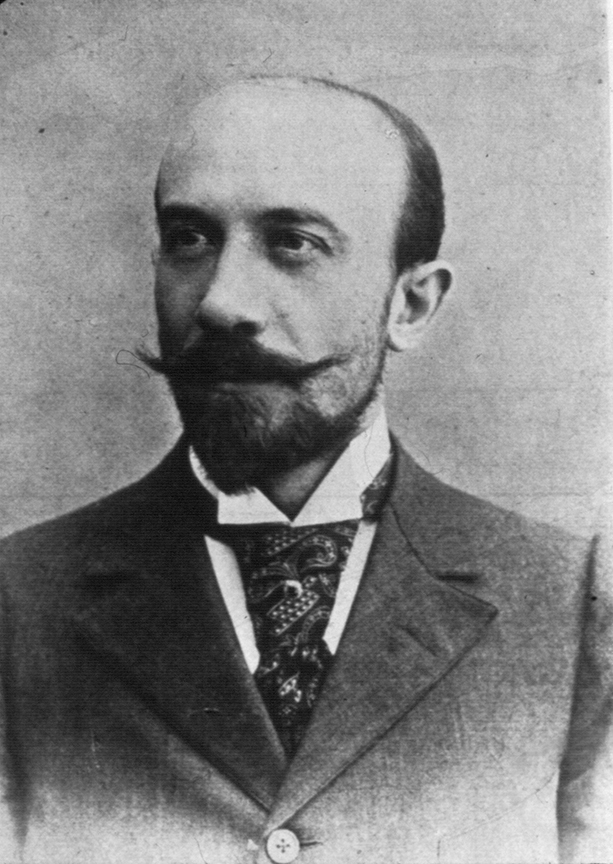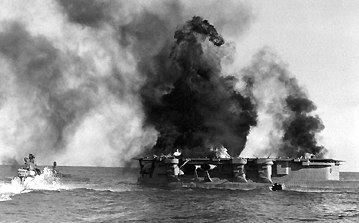
Wrap Shot: Divers at Work on the Wreck of the Maine (1898) and We’ve Never Been Licked (1942)
Behind the scenes of the iconic sea special effects in Divers at Work on the Wreck of the Maine (1898) and We've Never Been Licked (1942).

In 1898, pioneer French producer Georges Méliès staged his own version of a sea battle in the Greco-Turkish War, using toy-size ships in a tiny ocean. A few months later he used miniatures to stage the destruction of the U.S.S. Maine in Havana Harbor and the naval seige of Manila.
At about the same time in New York, artists Albert E. Smith and J. Stuart Blackton, the founders of Vitagraph Pictures, produced the Battle of Santiago Bay in miniature. The “bay” was actually one of Blackton's mounted canvasses turned face down and filled with water, while the ships were photos mounted on wooden bases and pulled with strings. Explosions were simulated by setting off black powder with a wire taper, and the “smoke of battle” was rendered with cigar and cigarette smoke blown into the scene by Mrs. Blackton and an office boy.
These primitive efforts seemed real enough to the film patrons of that time, but it's a giant step removed from the sinking of the Titanic in last year’s mind-boggling, blockbuster production. The intervening century has seen many strikingly realistic depictions of catastrophes at sea, crafted with increasingly sophisticated techniques. Long before the dawn of digital effects, large miniatures if you'll pardon the contradiction in terms were employed for sea action. The ships had to be fairly big because water, flames and explosions do not lend themselves to miniaturization.

The Japanese aircraft carrier shown above was built to order in 1942 for a medium-budget Universal picture, We've Never Been Licked, which featured the wizardry of famed visual effects cinematographer John P. Fulton, ASC. A wealth of detail includes several “Zeros” (fighter planes), anti-aircraft guns and 9" figures of crew members. Fred Knoth's pyrotechnics crew is prepping the ship for destruction by torpedoes, bombs and a suicide plane. Fulton added more reality to the effect by staging live-action elements and printing them onto the deck of the ship. The two smaller ships are actually speedboats from which concealed cameramen could capture varied angles of the action.

In the photo of the ship raging in flames, Fulton is the man in the outboard motorboat, heading in for some close views. Camera cranking speeds for such action ranged from six to as much as 15 times normal frame rates. Most action of this kind was filmed in shallow water in studio tanks, with the ships moving on rails, but Fulton preferred natural bodies of water and motorized ships. These sequences were executed in the bay at Santa Barbara. The cameraman also utilized Lake Tahoe, the Salton Sea and other locations for further marine scenes.






